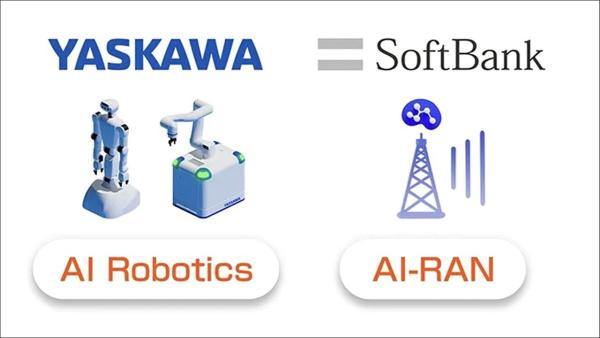Written by Tommy Clift for SDXCentral.com

Last year was a messy one for the metavers. Analysys Mason Principal Analyst Martin Scott said, and cleaning it up will rely on the union of stronger telecommunications network nfrastructure and user momentum toward cloud-native virtual platforms.
Metaverse became one of 2022's biggest buzzwords, boosted by its estimated multi-trillion-dollar, potential scepticism on its true value to the enterprise, and emerging concerns on its global impact without first addressing the current digital divide.
While some perspectives have asserted network readiness is no longer the issue, Scott feels there is still a long way to go before network infrastructures can support metaverse applications that demonstrate real enterprise value.
The metaverse is all about things feeling immersive, feeling real or a simulacrum of real and I don't think we can get there with 50 Mb/s and 10 millisecond-plus ping times he explained to SDxCentral. What we need is really scalable compute and really low latencies. If all of that processing does happen in the cloud, rather than happening locally on your Meta Quest Pro headset, then it does become possible to create those kinds of experiences, but the platform needs to exist.
Three ‘Telecom Camps’
Scott feels 2022 was a year of “reality and cynicism” when trying to understand how’s the metaverse is actually going to work, and how telecommunication operator responses to the growing conversation can ultimately be broken down into “three camps.”
For the first camp, “you’ve got those that say this is irrelevant; this is just nonsense; this isn’t gonna really happen,” Scott said.
The second tier – the vast majority according to Scott – are players saying “this is business as usual because we were already working to optimize the network, investing billions in fiber infrastructure, and improving downstream speeds. This is potentially giving us a few more use cases to justify that investment.”
“And then you’ve got the third category, which is in the minority, but it’s quite an interesting category of player: the telecom operators that I think maybe have the most to lose – the really big, multinational players that are trying to work out what it is to be a telecom operator in the year 2030 and beyond,” he continued.
These players are looking to move beyond being “bit pipes” within the telecom ecosystem. “One company I spoke to described it as positioning yourself as a telco versus a ‘techco’ and thinking about how this stops being solely about connectivity when eventually everything becomes software defined and you move to unified connectivity and compute planes – the point where edge computing actually becomes something that is everywhere, inseparable from the connectivity – at least in one vision of the future.”
These groupings “didn’t exist at the beginning of 2022. I don’t think people thought through what they were doing,” he added. But 2023 will allow these operators to establish varying footholds in furthering metaverse development.
Stratified Strategies From Telecom Operators
As more operators establish themselves within the three camps, they will inevitably implement different strategies. Scott says these various efforts [or lack thereof] paired with cloud-native platforms gaining a “critical mass” of users will ultimately drive the metaverse to become economically appealing for wider enterprise adoption.
To no surprise, the first camp’s strategy is essentially “no strategy at all, possibly with a bit of tactical investing,” Scott explained. “These are players that really don’t understand the idea of the metaverse, just making point investments and individual technologies, which are Web3 adjacent.”
The second camp maintains that the metaverse is nothing but “business as usual.” Those telecom operators will be focused on improving their fiber connectivity and footprint. Scott noted that this effort to increase the total proportion of homes passed by fiber will focus on downstream speed as the No. 1 priority, but that focus will eventually shift in the next five years “in terms of the importance of upstream and improving latency.”
The third camp will ultimately be looking for ways to “justify the investment and what the business cases to invest in [actually are].” But even where “the solutions are [there], where we have fully distributed computing tech, we don’t have the software designed to run on it yet,” Scott noted.
Ultimately, the “big stumbling blocks” to making the metaverse real is the marriage of “distributed computing and actually having the platforms and the engines that are cloud native – or not monolithic engines – where the processing can happen [in] different places – some of it in the edge and some of it in the core … at that point, you start to be able to do really cool metaverse-y things that you can’t do today.”
Click here to read the original article.








